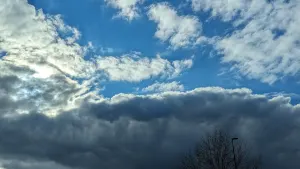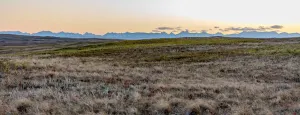
Looming summer means a potential season of itchy bugs
Blackflies, mosquitoes and deer flies are all signs of summer but occur at different times and thrive in different climates.
In March, bug bites are the furthest thing from your mind. Meanwhile, the stage is being set for how itchy of a summer is ahead.
Blackflies, mosquitoes and deer flies are all signs of summer but occur at different times and thrive in different climates.
BLACKFLIES
Blackflies are the first pest to emerge in mid-May, dwindling towards the end of June. Eggs are laid in cold, fast-moving water where they are fed on by spawning trout. While the start of the season is fairly consistent, the ending varies.
A cool spring can keep the rivers cold and running high into June. This allows the larvae to continue to thrive while postponing the development of their arch enemies -- the dragonflies!
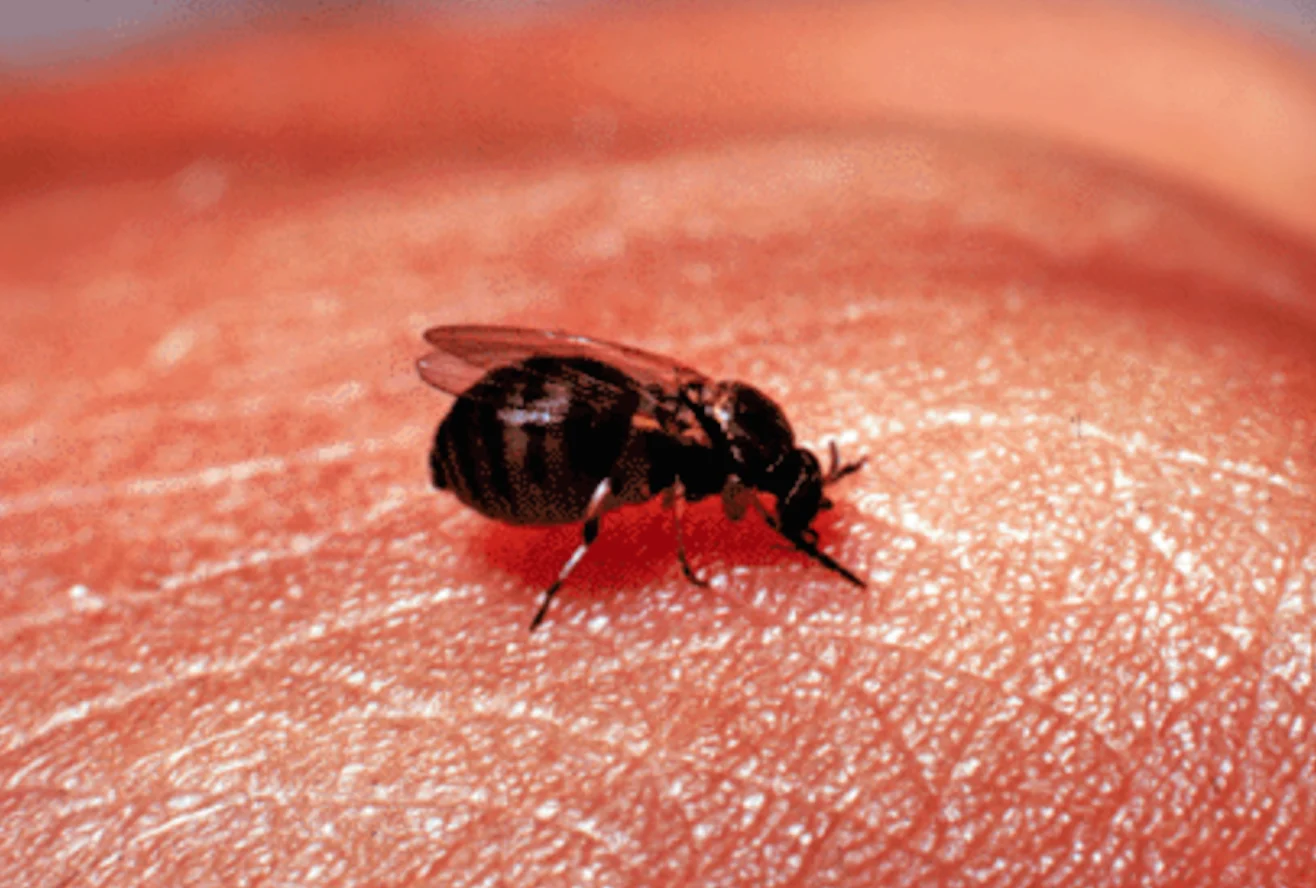
A female black fly. Photo: Wikipedia/Creative Commons
Blackflies can tolerate hot temperatures, but the inherit warming waters brings on the emergence of dragonflies.
Weather takeaway: Cool spring and early summer
MOSQUITOES
Mosquitoes are a hardy insect and are buzzing over nearly every inch of the country by June. Needing minimal water to lay their eggs, a wet spring is the biggest boosting effect for the early-season population.

Mosquito. Photo: CDC.
Like the blackflies, the numbers start to dwindle once the dragonflies arrive.
Weather takeaway: Wet spring and summer, warm temperatures
DEER FLIES/HORSE FLIES
Deer and horse flies are the biggest, and most painful flies on the list. Found throughout the country, the only way to escape them is to venture above 3300 metres or to the Arctic islands (Sorry, Eastern Canada).
Eggs are laid on vegetation near bodies of water, and after hatching, fall into the water or mud, and will feed on organic matter for 1-3 years. When developed, they move to dry soil where they pupate and emerge as adults.
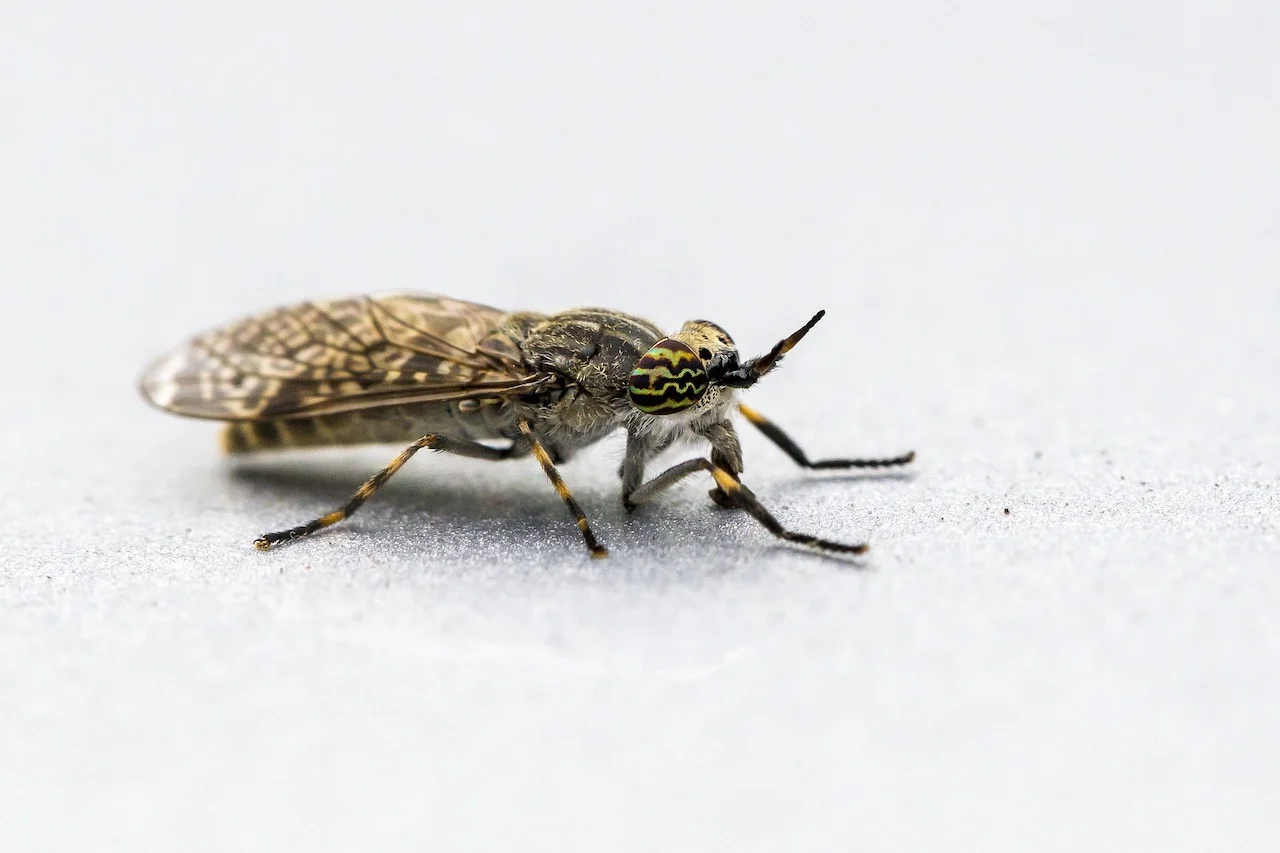
Horsefly. Photo: Erik Karits/Pixabay.
Heat waves in June provide the first period of dry soil for the migration and transformation, and once adults, they thrive in the summer heat until the end of August.
Weather takeaway: Early summer heat
DRAGONFLIES
Dragonflies feed on all the aforementioned insects. The dragonfly hatch is a happy and welcomed sign in many parts of the country. After as long as five years living in the water, the dragonflies are ready for the five weeks of life in the air.
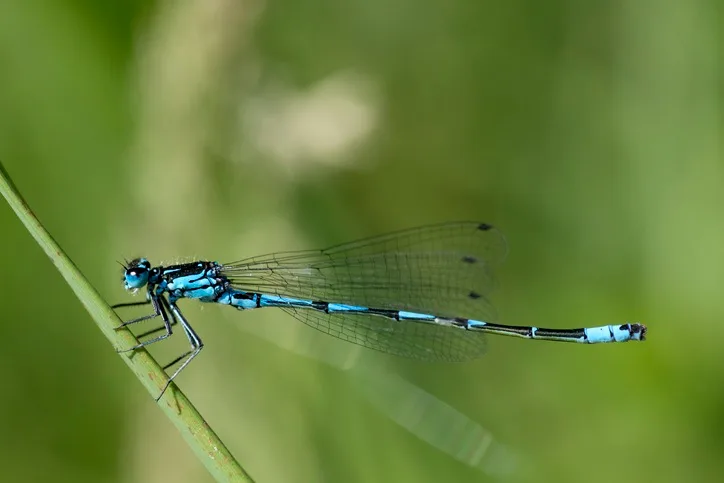
Dragonfly. Photo: Getty Images.
Warming waters have brought an end to the blackfly production and the arrival of dragonflies marks the end to the remaining survivors. Mosquito population will take a hit but new larvae are constantly hatching. Dragonflies will be in a summer-long battle with the horse flies through Labour Day, when cooling temperatures will mark the end to both combatants.
Weather takeaway: Bring on the heat, sooner the better!
Thumbnail courtesy of CDC.








